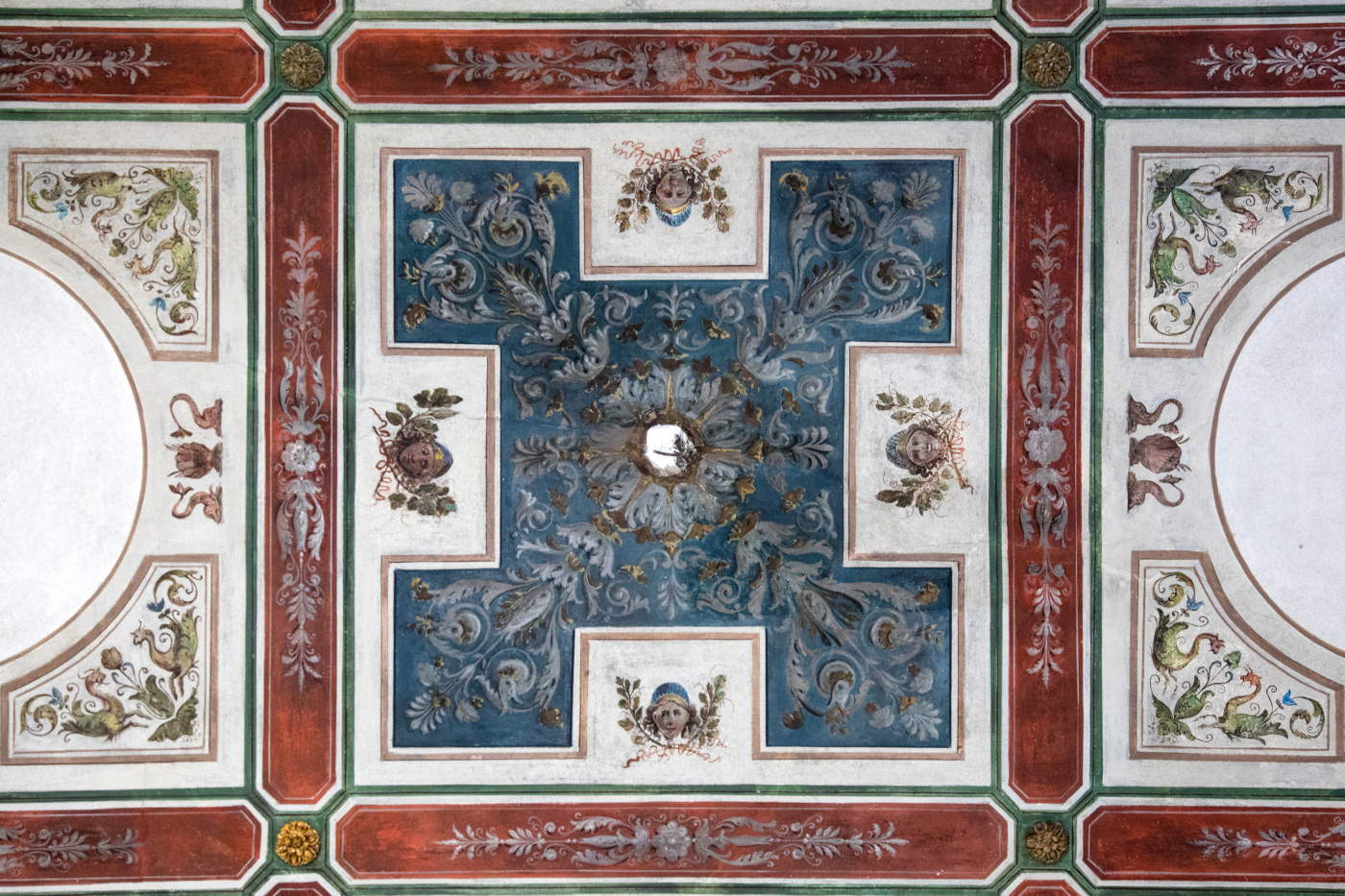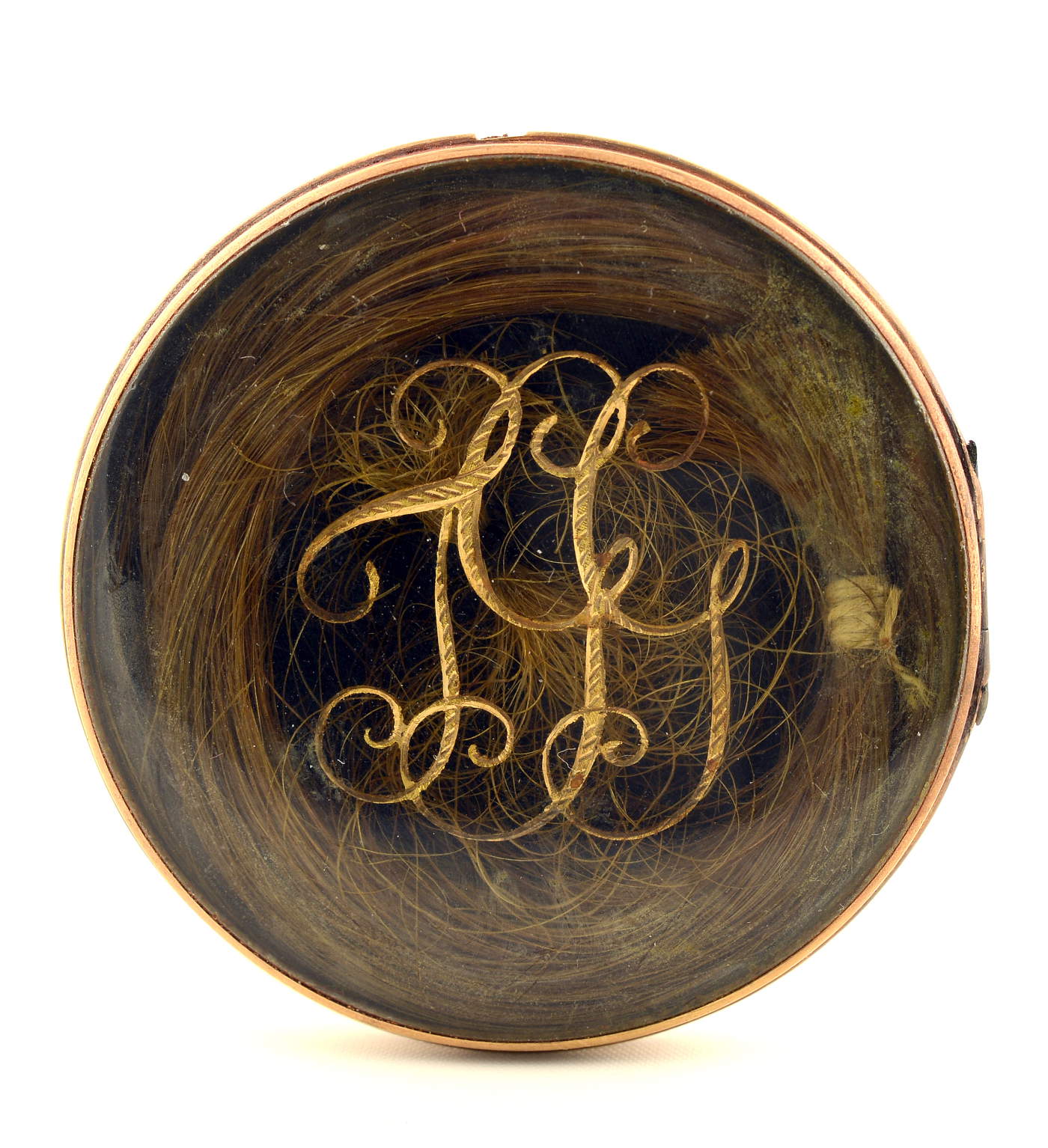A new museum in Ravenna dedicated to Lord Byron and the Risorgimento
On the very central Via Cavour in Ravenna, in one of its most prestigious and history-laden residences, a new museum was recently inaugurated. After a long and complex restoration made possible thanks to the Fondazione Cassa di Risparmio di Ravenna, the current owner of the building, Guiccioli Palace in fact reopened its doors on April 19, 2024 on the occasion of the bicentenary of the death of Lord Byron, who lived for a period precisely in the rooms of the palace as a guest with Count Alessandro Guiccioli and his very young consort Teresa Gamba, and since November 29, 2024 has become the site of a museum dedicated to two major themes: the figure of the Romantic poet Lord Byron and the events of the Italian Risorgimento, making use of the precious Byronian and Risorgimento collections owned by the City of Ravenna and multimedia narratives.
The history of Guiccioli Palace: between love, art and conspiracy
Guiccioli Palace has a past that weaves romantic passions, political conspiracies and the cultural fervor of the Italian Risorgimento. Here, the celebrated English poet George Gordon Byron, among the greatest authors of European Romanticism, lived some of the most significant years of his short but intense life. Byron, who moved to Ravenna in 1819, settled in the palace as a guest of Count Alessandro Guiccioli and his young wife Teresa Gamba.
The relationship between Byron and Teresa, which began in Venice, became a symbol of romantic love par excellence, an intense and tormented passion that profoundly influenced the poet’s work(we had dedicated an article to the love affair between Byron and Teresa Gamba). At Guiccioli Palace, Byron composed some of his most important works, including Don Juan, The Prophecy of Dante, Sardanapalus and The Two Foscari, reaching full artistic maturity and giving life to the myth of the rebellious and melancholy hero.
But the palace was not only the scene of love affairs and literary creations. Among its rooms, in the period 1820-21, the first conspiracies of the Carbonari uprisings took place. And, among the illustrious inhabitants of the palace, it is worth mentioning the doctor and patriot Luigi Carlo Farini, a leading figure in the Risorgimento movement, who lived there from 1836
The restoration and the new face of the palace
Since 2011, the Fondazione Cassa di Risparmio di Ravenna has undertaken a delicate restoration project to reopen Guiccioli Palace to the public, and to allocate it to new functions as a palace-museum, where objects, documents and stories of people who lived there tell of Romantic sentiments, libertarian ideals and cultural values. The building’s fully decorated rooms testify to the evolution of taste and style: the grotesque decorations, with their lush intertwining of plant, animal and fantastic elements, reflect the influence of the Roman style inspired by the discoveries of the Domus Aurea. At the same time, scenes of whimsy with exotic settings highlight the advance of the Barocchetto, while the subdivision of the ceilings on the piano nobile testifies to the grandeur of neoclassical endeavors.
The rooms also include Byron’s personal study, decorated at the poet’s request with Titianesque depictions of Danae and Venus. These details are now visible thanks to the decision to leave traces of the original decorations visible.



The Byron Museum: the Romantic poet lives again in Ravenna
One of the two nuclei of the new museum hub is the Byron Museum, which celebrates the life and work of the great English poet. The exhibition recounts Byron’s Ravenna sojourn, considered one of the distinctive moments in the author’s biography, through the works and memories preserved by Teresa Gamba, now displayed in the rooms of Guiccioli Palace and narrated by multimedia apparatus. The life of a man who embodied the very essence of Romanticism is thus told.
Byron is presented not only as a brilliant poet (Goethe called him “the greatest poetic genius of his century”), but also as a traveler, a rebel against society and convention, and an iconic figure of nineteenth-century Europe. His stay in Ravenna represents one of the most intense moments of his life, in which his love affair with Teresa Gamba was intertwined with his political commitment to both moral and civil freedom, ideals that led him to fight and die for the independence of Italy and Greece, where he died in 1824 in Missolonghi.




The Museum of the Risorgimento: memories of an era of struggle
The other soul of the museum center is the Museum of the Risorgimento, which explores in an exhibition itinerary organized in chronological and thematic order the great currents of European thought, delving into the social fabric of Ravenna, the conditions of life during the wars of the Risorgimento, and how the ideas of the time were translated into concrete, everyday actions in the local context. On display here are paintings, sculptures, engravings, photographs, weapons, uniforms, posters, medals and various memorabilia, correspondence, and a substantial collection of proclamations, edicts, proclamations and other printed materials that are part of the Ravenna Risorgimento collection, which is made up of several collections: the Classense Risorgimento Collection born from donations by private citizens, the Mario Guerrini Collection, donated to the Municipality of Ravenna in 2002 as a bequest in his will, and the Risorgimento collection of the Fondazione Cassa di Risparmio di Ravenna. Completing the itinerary is an immersive multimedia narrative that offers a compelling and comprehensive look at the period of Italian and Ravenna history from the Napoleonic years to the end of the 19th century. The museum aims to be a laboratory for knowledge, research and study, offering visitors the opportunity to explore the Italian Risorgimento in all its facets. At the same time, it is intended to be configured as a compelling and stimulating experience, capable of turning into a fascinating intellectual and civic adventure.


Statements
“It is well known that Byron lived in Ravenna,” stressed Antonio Patuelli, President of La Cassa di Ravenna Banking Group and creator of the Museum, “to follow his beloved Teresa Gamba Guiccioli. In Ravenna Byron found home, affections, the pine forest sung by the great Italian poets, and in particular he found Dante’s tomb, a source of strong inspiration. Byron was strongly affected by the aspirations for freedom aroused by the American and French revolutions. A sharp cultural connection runs between Dante and Byron: Byron, during his stay in Ravenna from June 1819, composed four cantos, in a Dante-like style, entitled The Prophecy of Dante. The work was published in 1821 and depicts a fictionalized Dante who, after completing the Divine Comedy and close to death, preaches (’the prophecy’) the future of Italy, described as divided and deserving of freedom and independence. Byron identifies with Dante and has Alighieri express his dreams of freedom for Italy.” “This work,” Patuelli explains, “was urged upon him by his young lover and muse from Ravenna, Teresa Gamba Guiccioli, to whom Byron dedicated The Prophecy, which begins with a description of the harshness of Dante’s exile, seen as a martyr, is conjugated by Byron, identified in Dante, with the aspiration for freedom. Byron was also an exile from his England left in 1816. Dante’s prophecy is thus a hymn to freedom, independence and the unity of Italy, which was hindered by factionalism and internal divisions. It was certainly a subversive work at that time.”
Guiccioli Palace - Byron Museum e dl Risorgimento is open Tuesday through Sunday from 10 a.m. to 6 p.m. Closed Mondays. For all info: https://www.palazzoguiccioli.it/
 |
| A new museum in Ravenna dedicated to Lord Byron and the Risorgimento |
Warning: the translation into English of the original Italian article was created using automatic tools. We undertake to review all articles, but we do not guarantee the total absence of inaccuracies in the translation due to the program. You can find the original by clicking on the ITA button. If you find any mistake,please contact us.



























